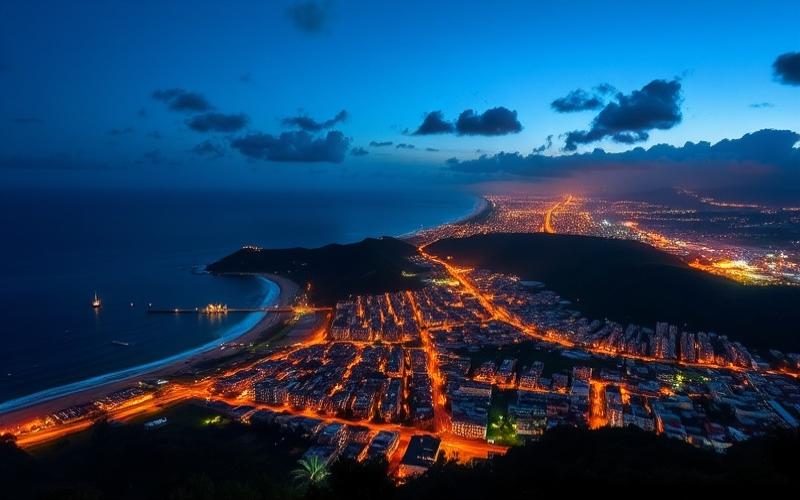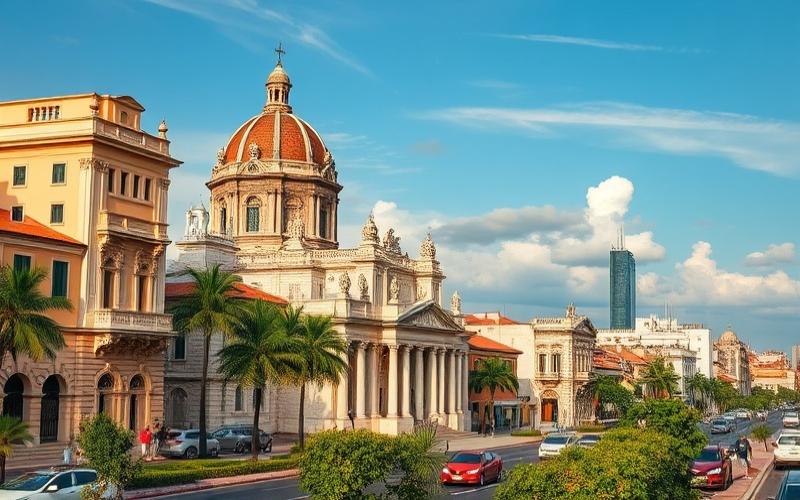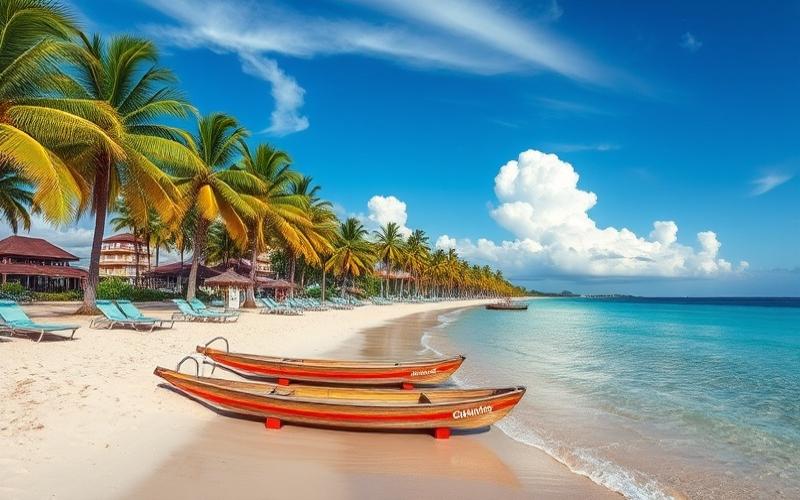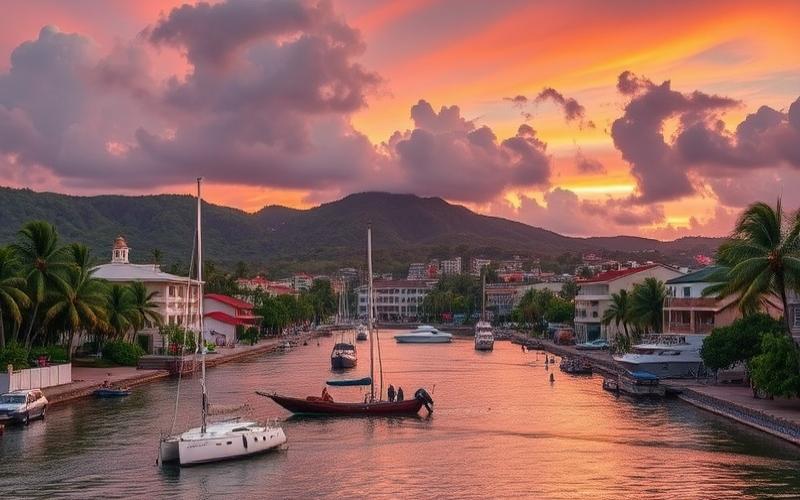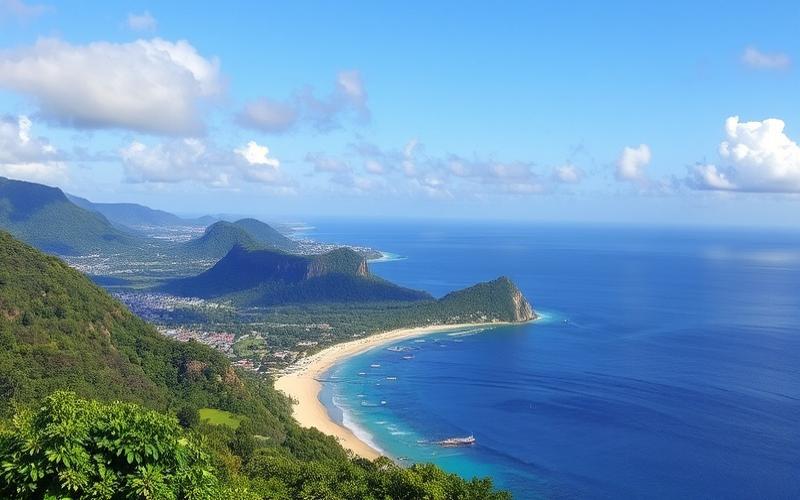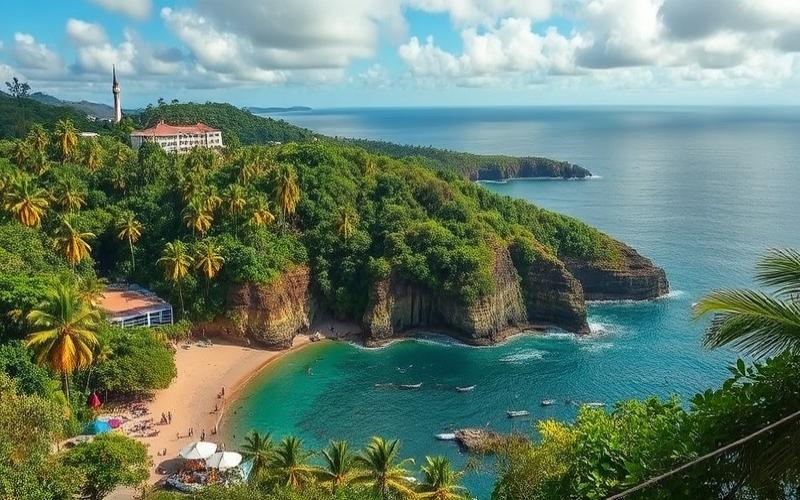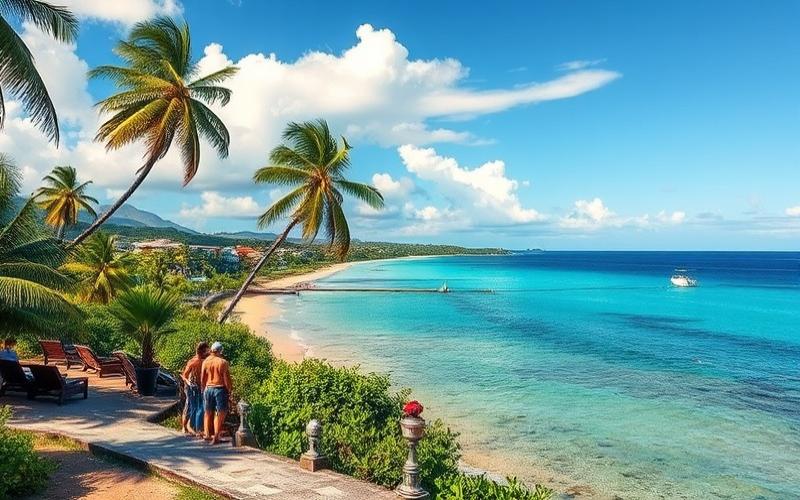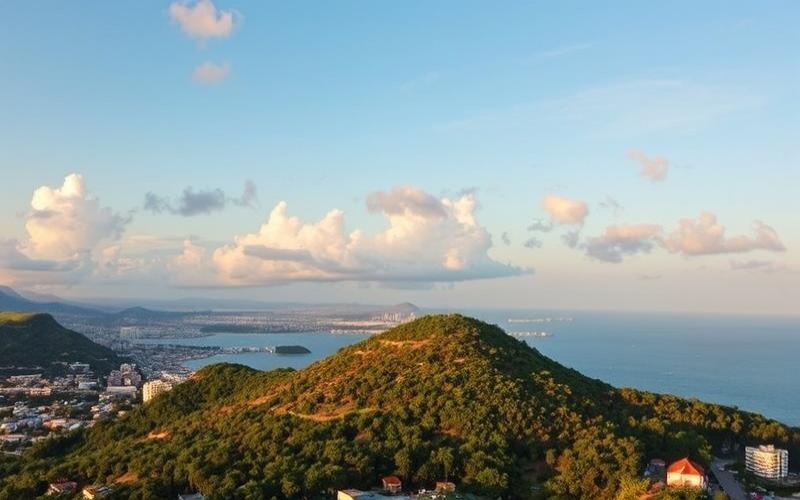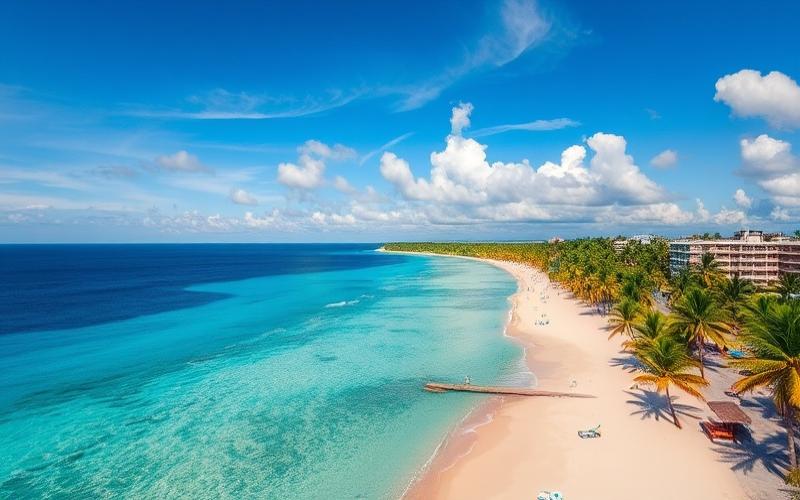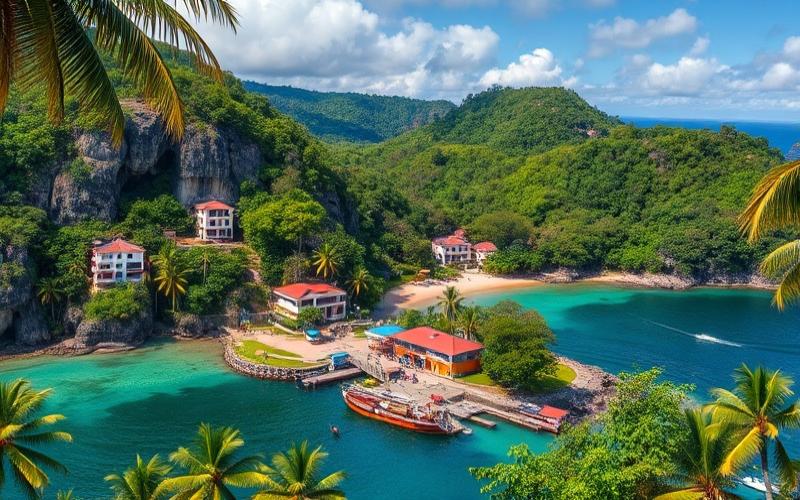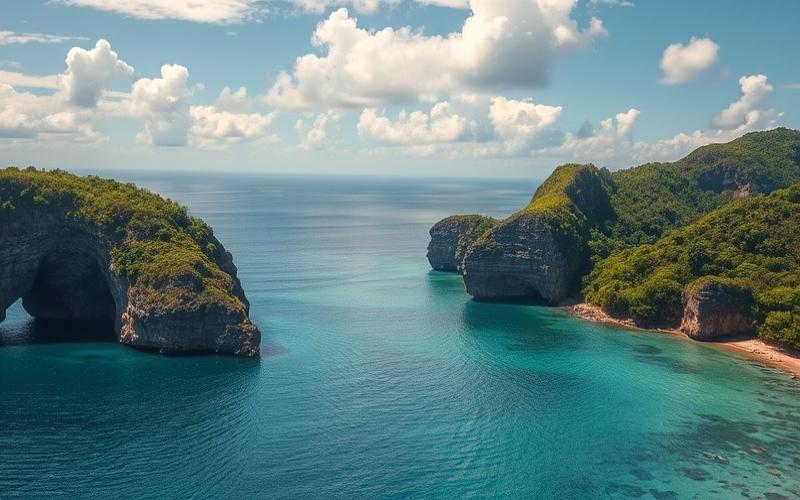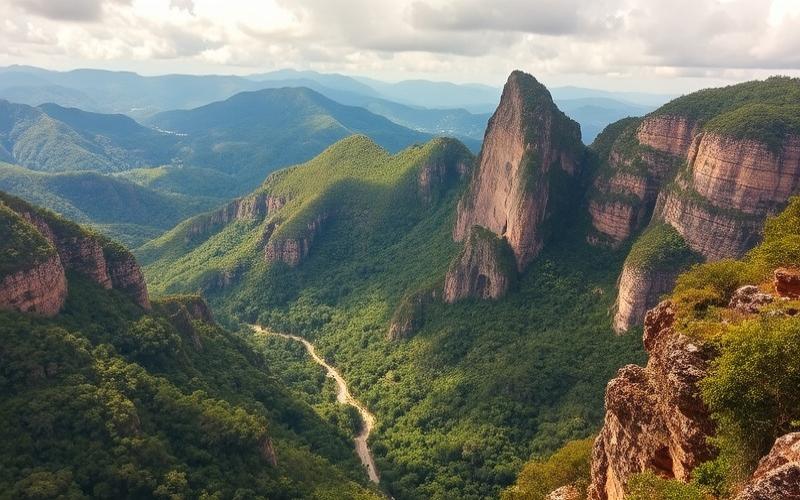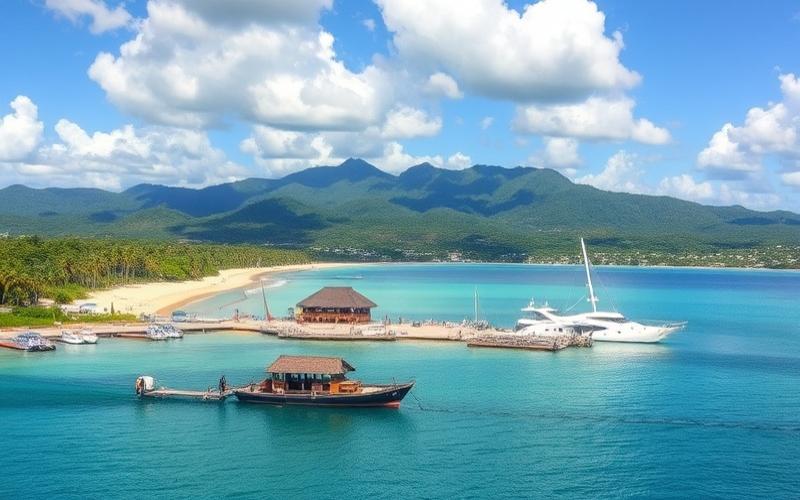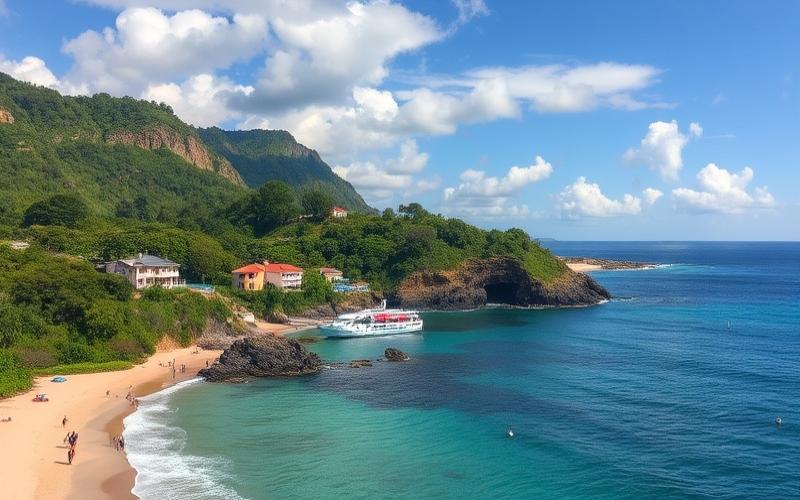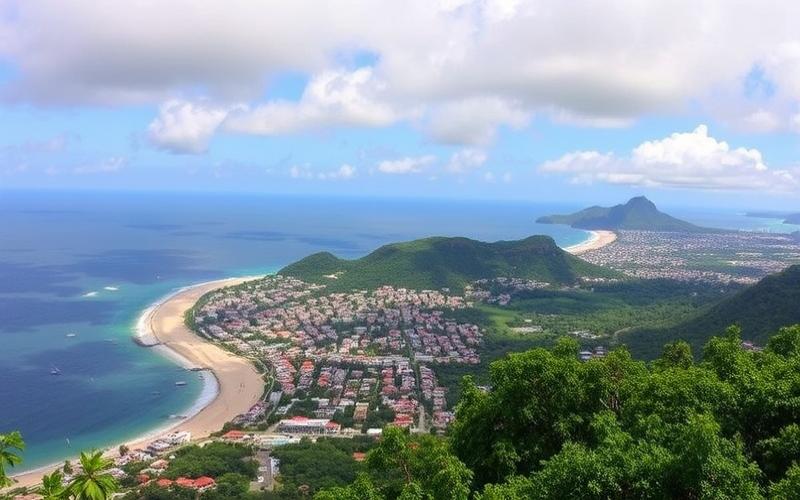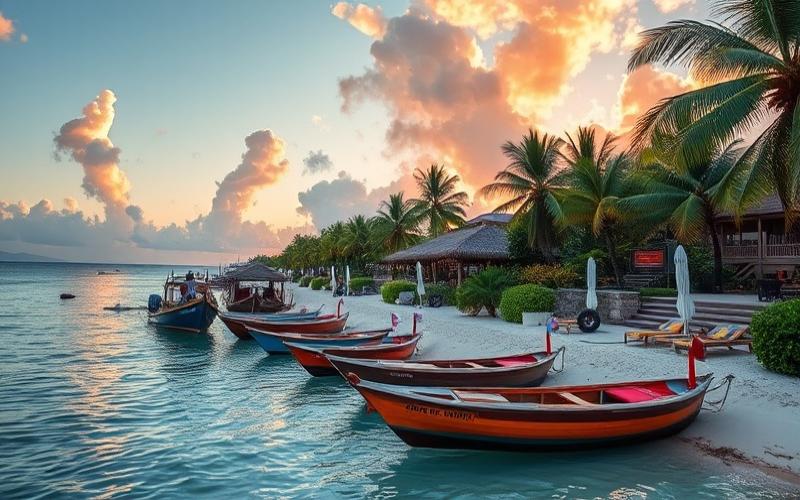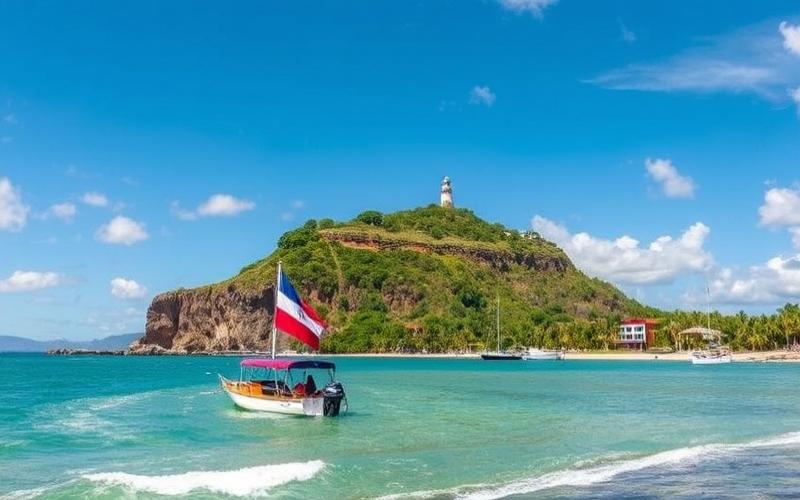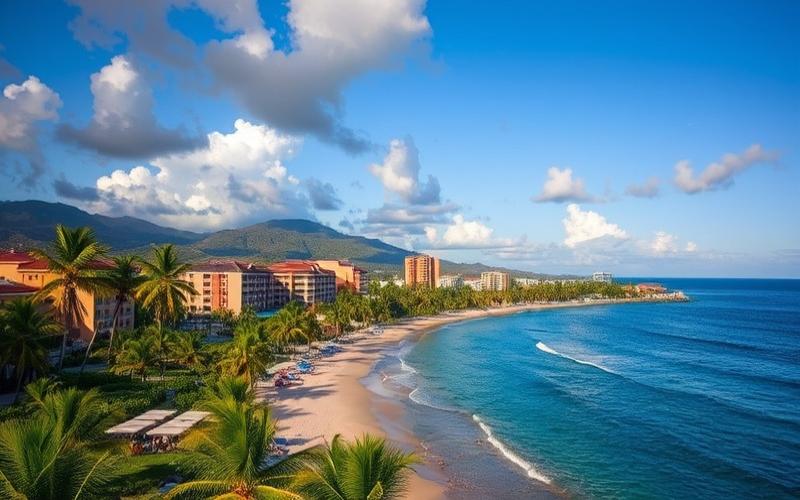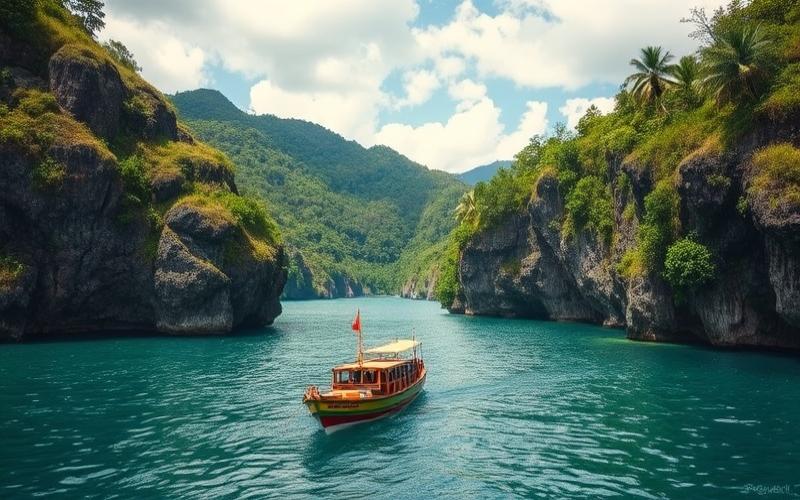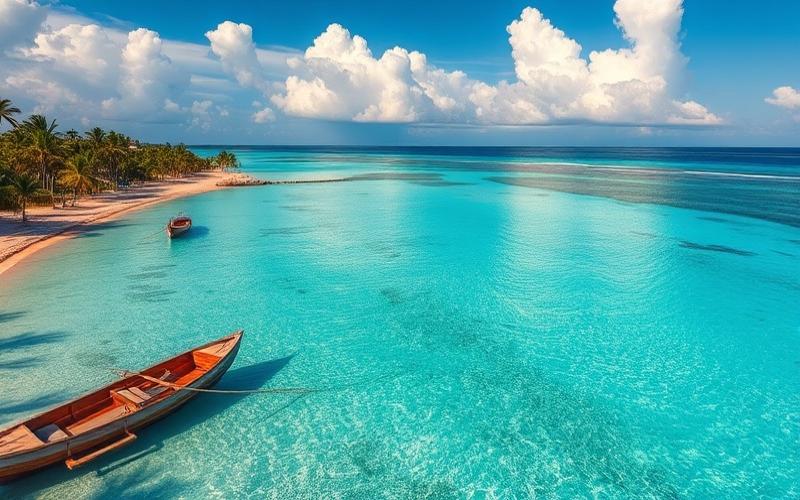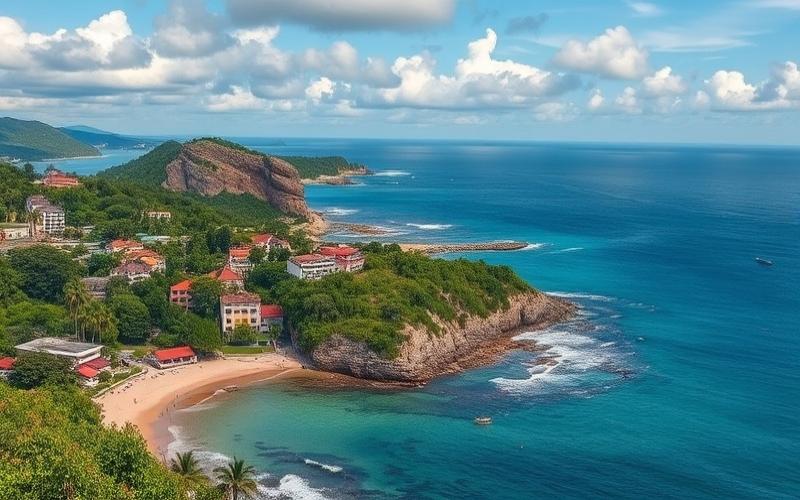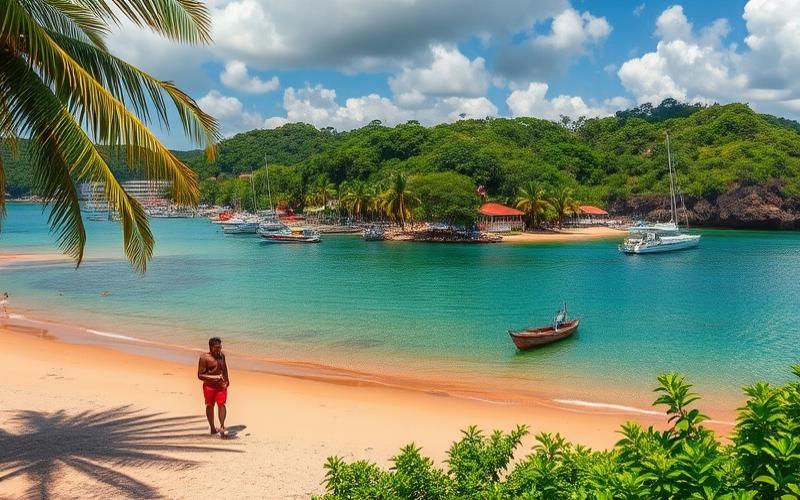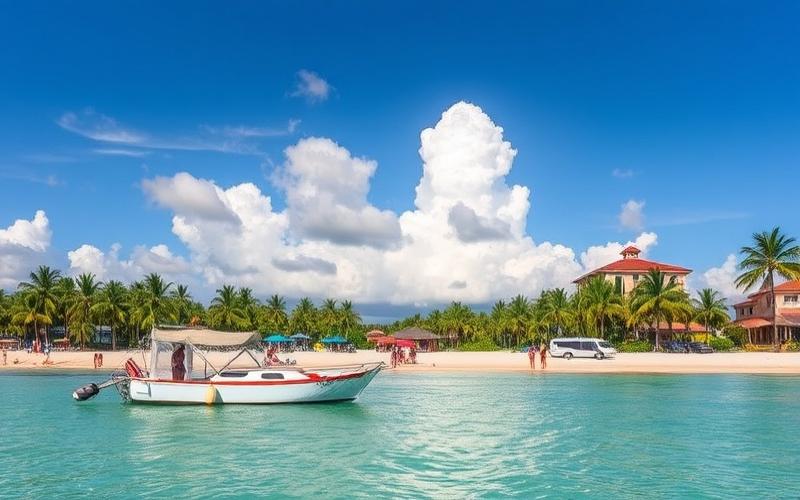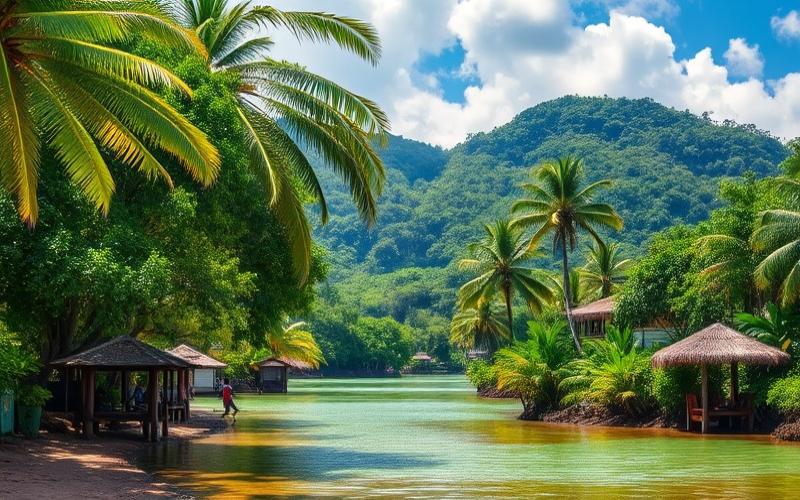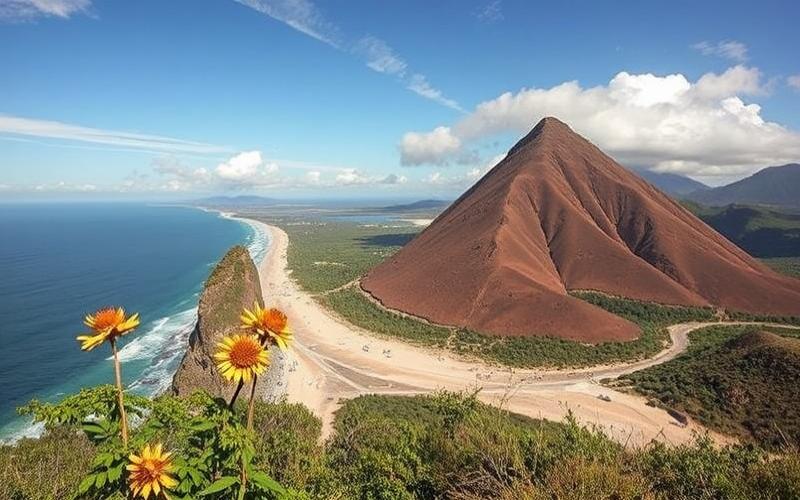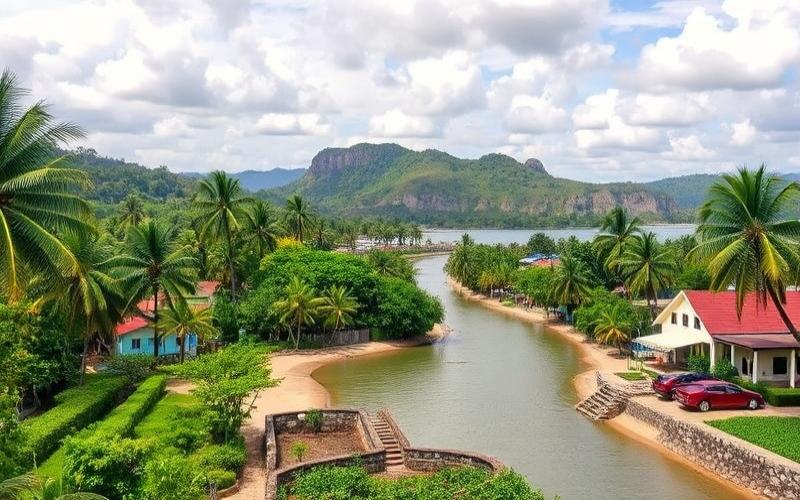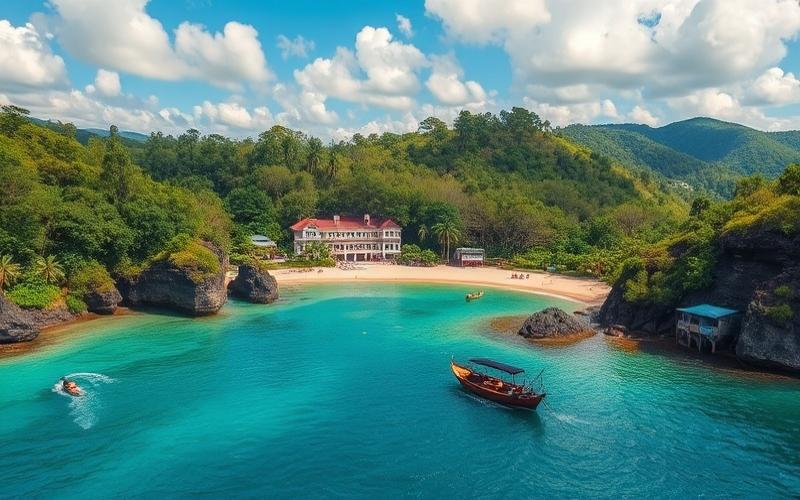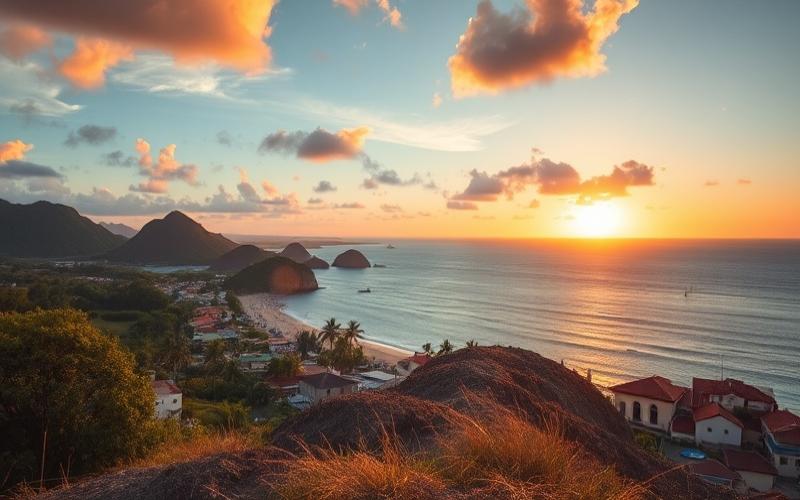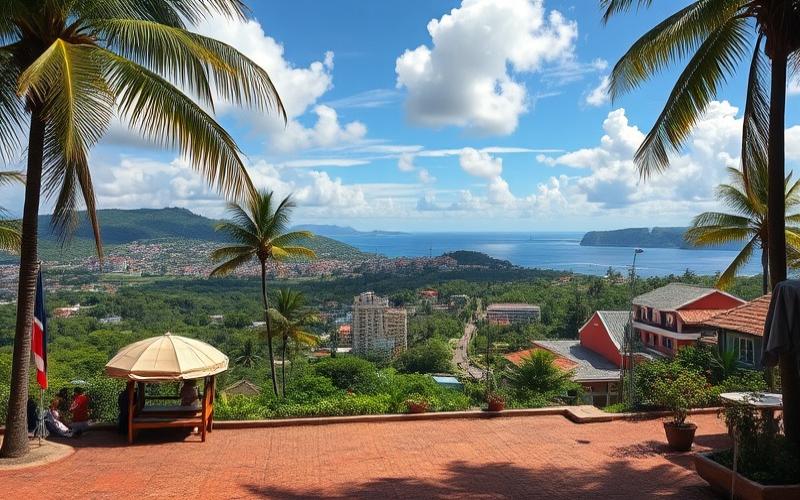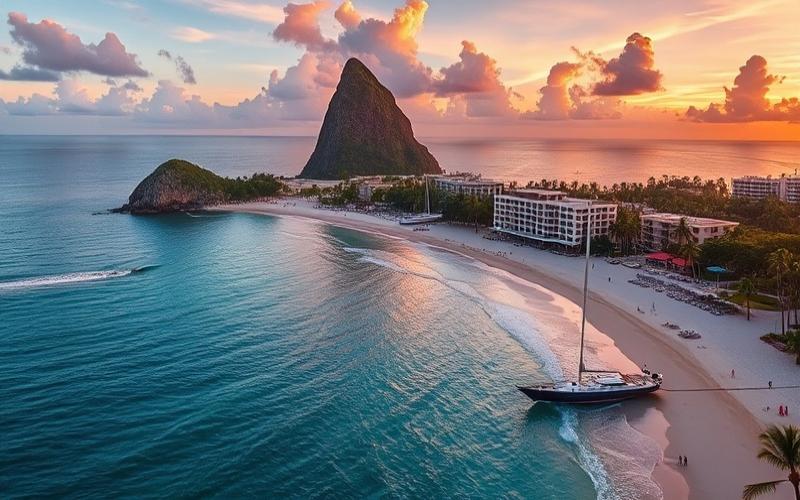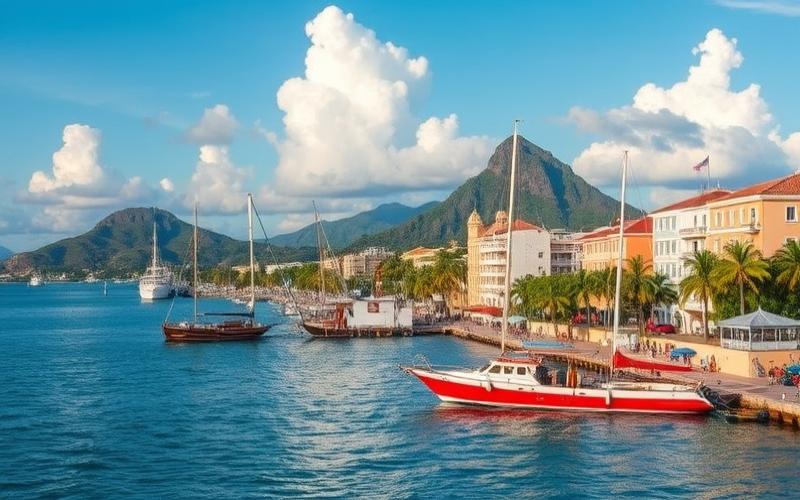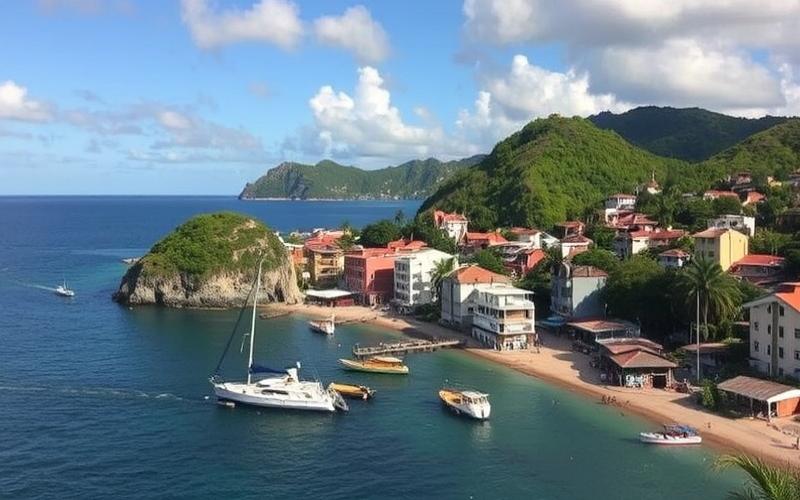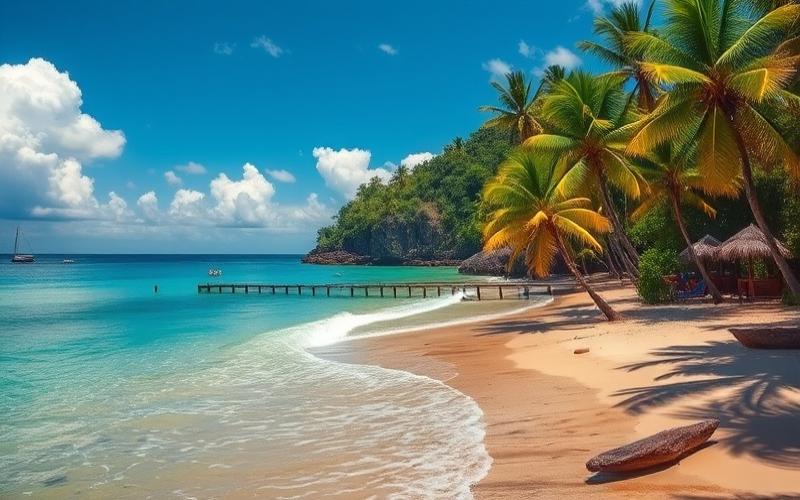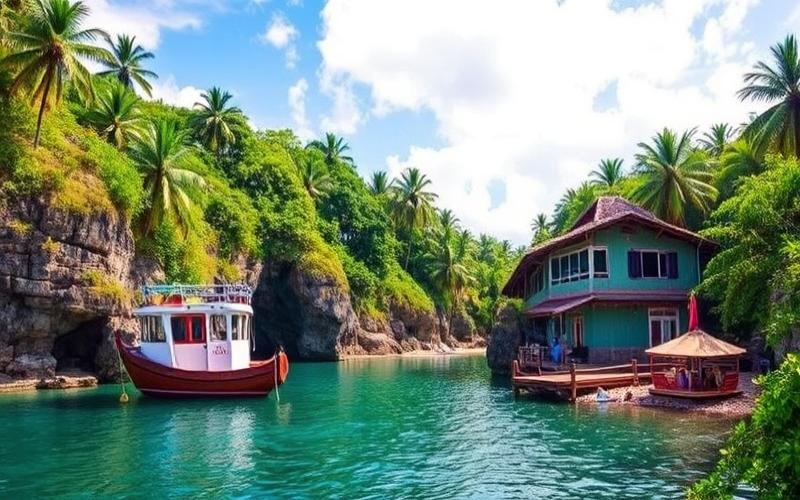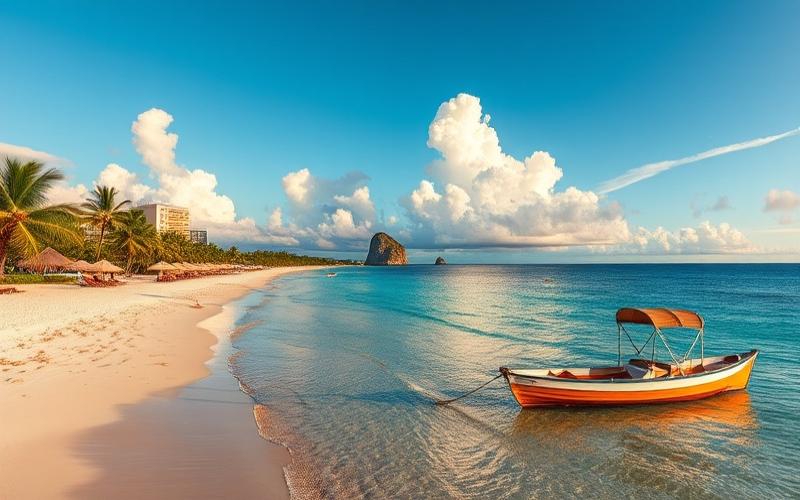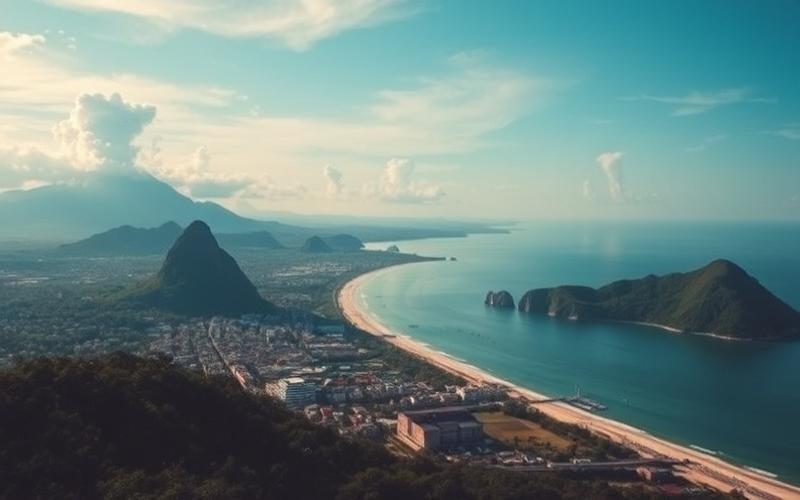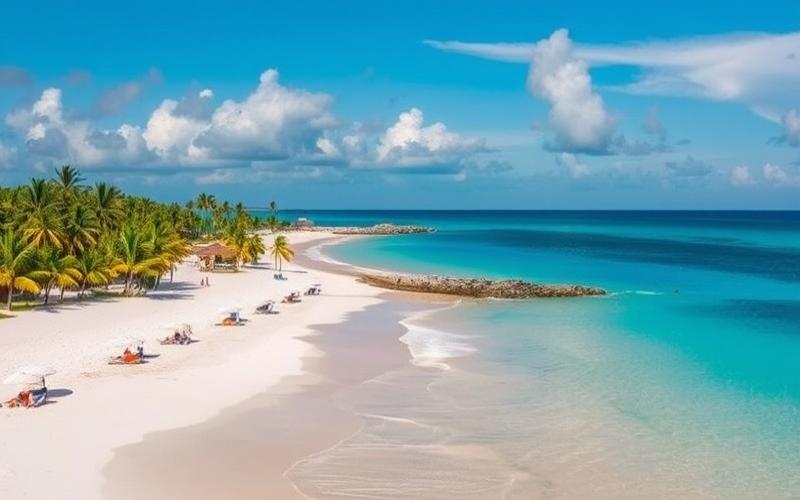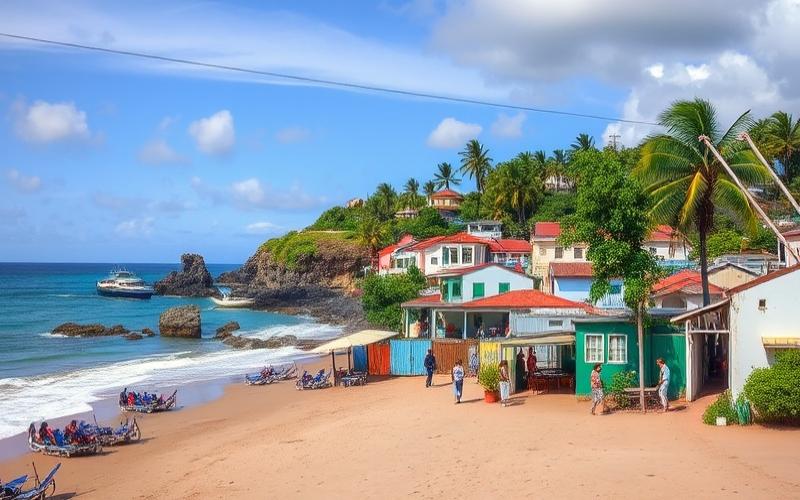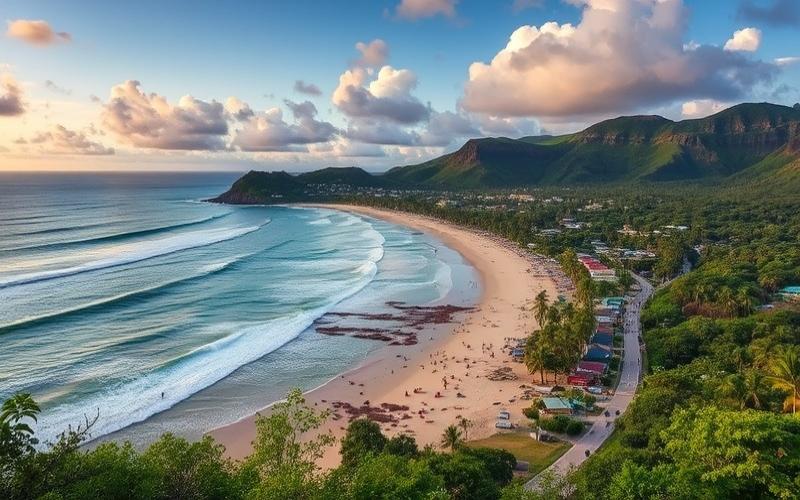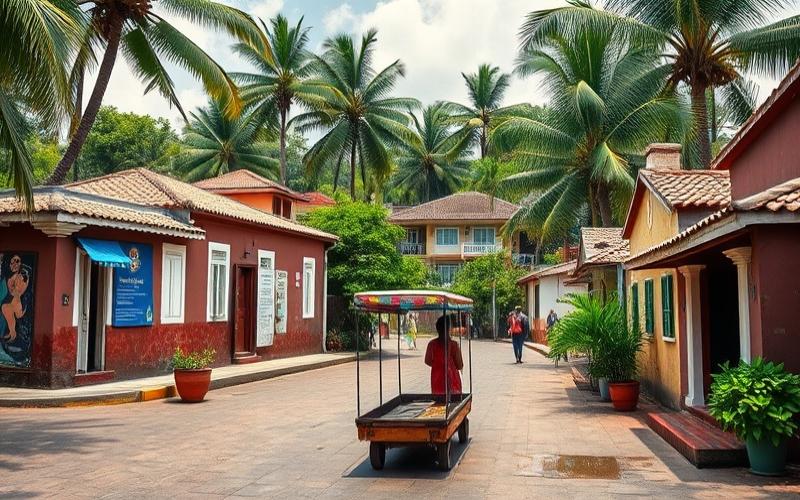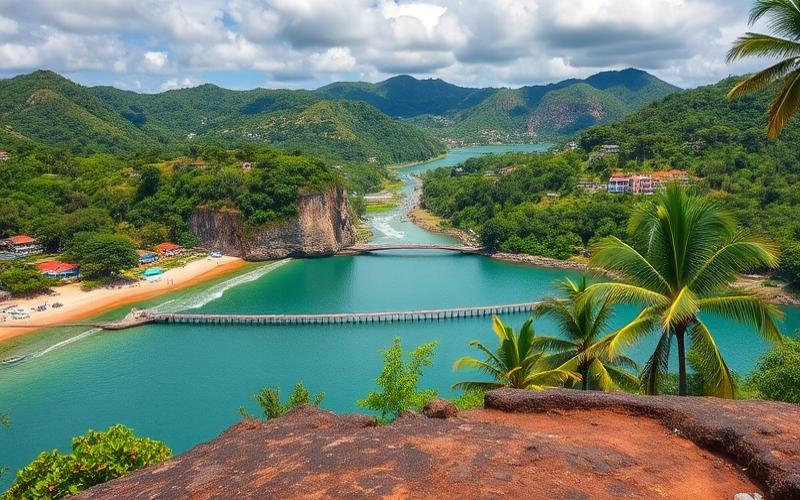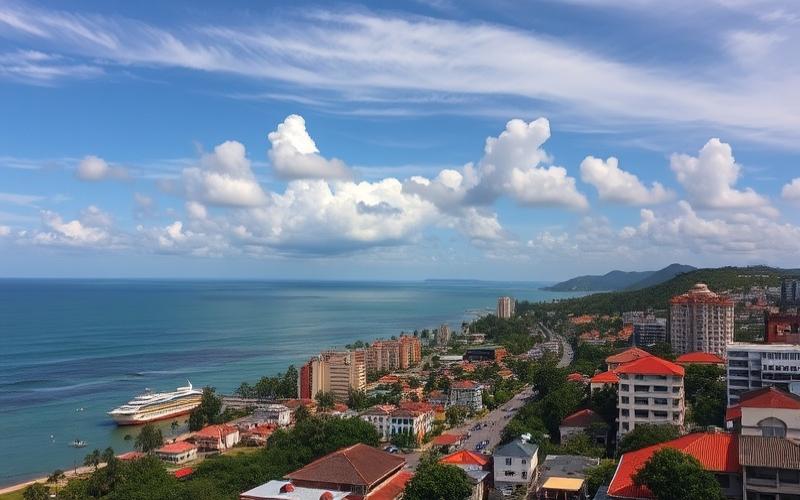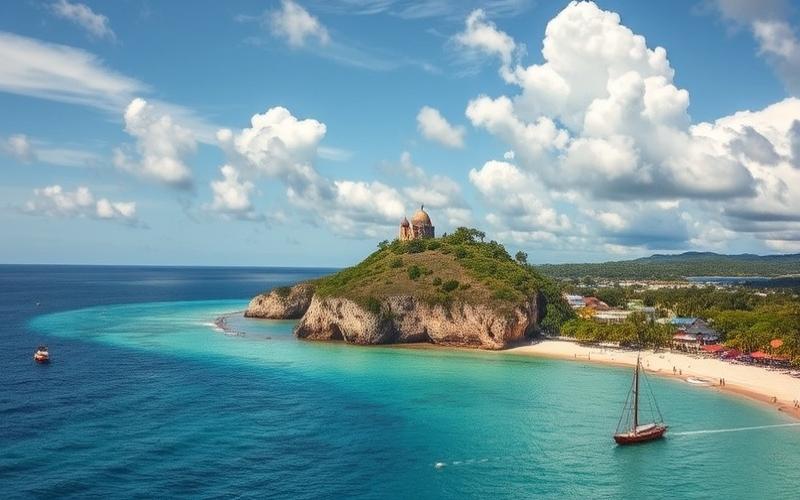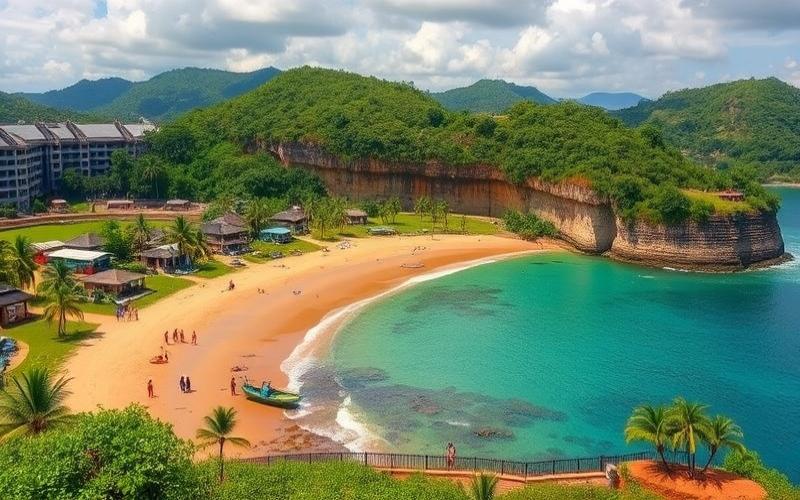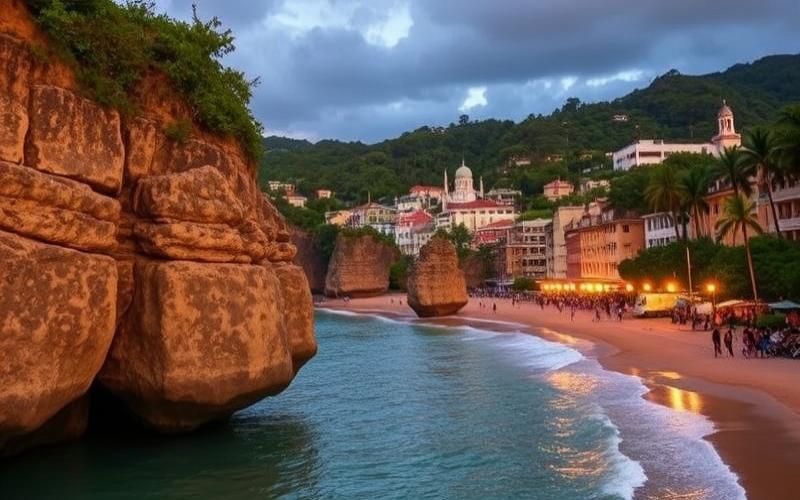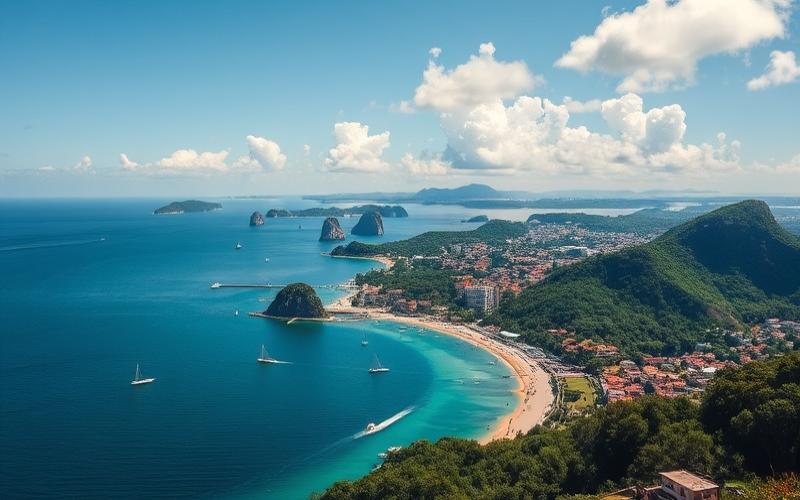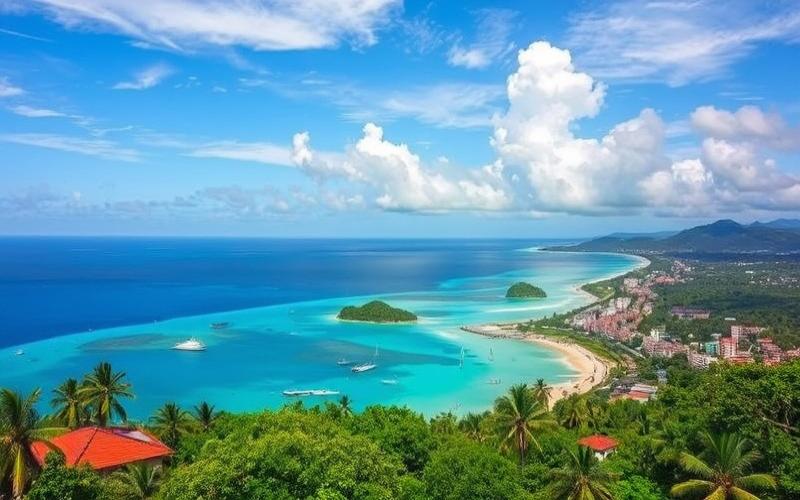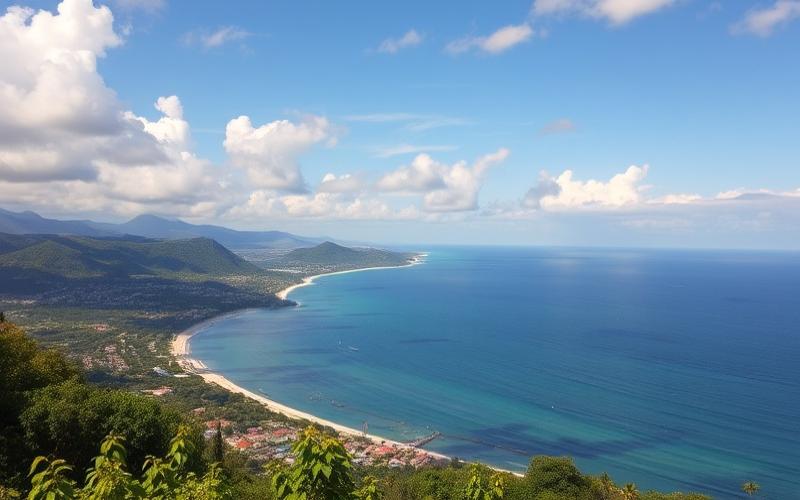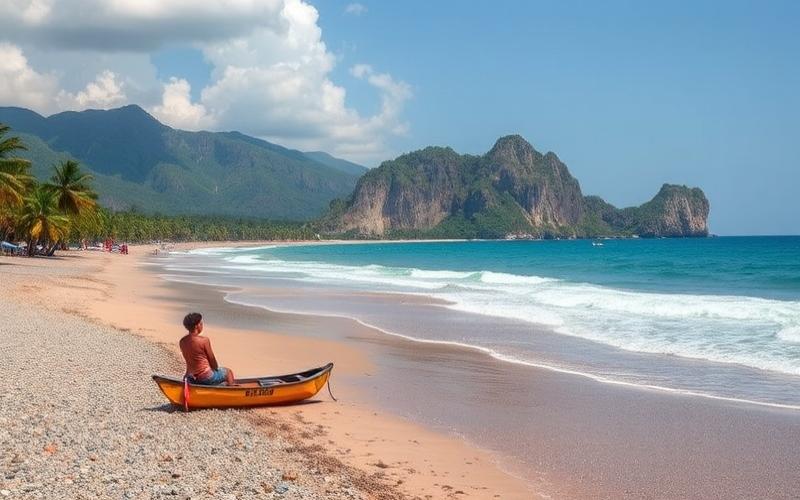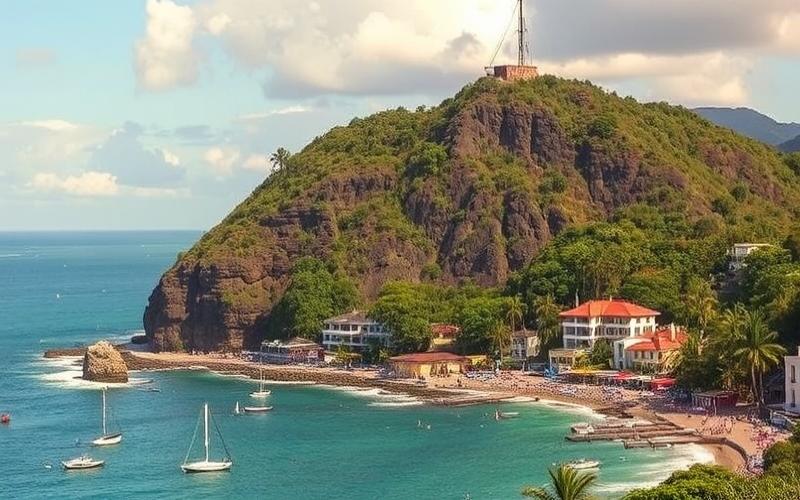
 Published on and written by Cyril Jarnias
Published on and written by Cyril Jarnias
The Dominican Republic, Caribbean gem, has been experiencing a tourism boom for several years that continues to transform its economic and real estate landscape. With its white sand beaches, turquoise waters, and festive atmosphere, the country attracts millions of visitors each year seeking sunshine and a change of scenery. This growing influx has a significant impact on the local real estate market, creating new opportunities but also new challenges.
Tropical Paradises Turned Real Estate Goldmines
The tourism development of the Dominican Republic has focused on several key areas that have become true magnets for real estate investors:
Punta Cana, the undisputed star of Dominican tourism, continues to fascinate with its luxury hotel resorts and modern infrastructure. This eastern coast region has seen its real estate market explode, with growing demand for luxury villas and beachfront apartments.
Puerto Plata, on the north coast, is undergoing an impressive revival. Once neglected, the city now attracts numerous investors thanks to its urban renovation projects and preserved colonial charm.
Samana, with its paradisiacal peninsula, is establishing itself as the new trendy destination. Real estate developers are creating exclusive projects there, betting on the appeal of more intimate and ecological tourism.
Santo Domingo, the capital, is not far behind. Its historic center, a UNESCO World Heritage site, is attracting more and more investors eager to renovate old colonial homes to transform them into boutique hotels or luxury residences.
Good to know:
These popular tourist areas offer interesting real estate investment potential, but it’s crucial to research the specifics of each region before diving in.
Real Estate Fever: When Tourism Sends Prices Soaring
The massive influx of tourists to the Dominican Republic has had a spectacular effect on real estate prices in the most sought-after areas:
A dizzying increase in beach resorts: In Punta Cana, luxury property prices have climbed over 30% in the last five years. A beachfront apartment can easily trade around $300,000, while the most exclusive villas comfortably exceed one million dollars.
A two-tier market: While tourist areas experience runaway inflation, the interior of the country remains relatively affordable. This disparity creates opportunities for savvy investors capable of spotting the next up-and-coming areas.
Pressure on local housing: The price surge in tourist areas has a significant impact on local populations, who increasingly struggle to find housing at reasonable prices. This situation raises questions about the sustainability of the current tourism development model.
Booming infrastructure: The price increase is accompanied by massive investments in infrastructure (roads, airports, marinas), making certain regions even more attractive to foreign investors.
Good to know:
Despite rising prices, the Dominican real estate market remains competitive compared to other Caribbean destinations like St. Barts or the Turks and Caicos Islands, still offering great investment opportunities.
The Gold Rush of Seasonal Rentals
The tourism boom has also transformed the rental investment landscape in the Dominican Republic:
The explosion of short-term rental platforms: Airbnb and its competitors have revolutionized the tourist rental market. In cities like Punta Cana or Las Terrenas, many property owners have ventured into seasonal rentals, attracted by yields that can reach 10 to 15% annually.
Residential complexes designed for rentals: Real estate developers have well understood investors’ interest in seasonal rentals. Many projects now incorporate hotel services (concierge, cleaning, dining) to facilitate rental management.
An evolving legal framework: Faced with the rise of short-term rentals, Dominican authorities have had to adapt their legislation. New regulations now govern this activity, imposing stricter safety and hygiene standards.
Long-term opportunities: While seasonal rentals attract many investors, the long-term rental market also offers interesting prospects, particularly in large cities like Santo Domingo where demand for housing from expatriates and students is constantly increasing.
Good to know:
Rental investment in the Dominican Republic can prove very profitable, but it requires good knowledge of the local market and current regulations. It’s recommended to consult experienced professionals to optimize your investment.
A Promising Future, But Challenges to Overcome
The Dominican real estate market, driven by tourism, seems destined for a bright future. However, several challenges will need to be addressed to ensure sustainable and balanced development:
Environmental preservation: Intensive real estate development in certain coastal areas raises concerns about preserving fragile ecosystems. Authorities will need to ensure a balance between economic growth and environmental protection.
Integration of local communities: The real estate boom must not come at the expense of local populations. Social housing policies and professional training will be necessary so that everyone can benefit from the economic spin-offs of tourism.
Diversification of tourist offerings: To maintain the country’s long-term attractiveness, the Dominican Republic will need to diversify its tourist offerings, particularly by focusing on ecotourism and cultural tourism.
Infrastructure improvement: While much progress has been made, additional investments in infrastructure (roads, waste management, water supply) will be necessary to support the growth of the real estate and tourism sectors.
Good to know:
Savvy investors will keep a close eye on these issues, which could influence the value of their long-term investments.
The impact of tourism on the real estate market in the Dominican Republic is undeniable. The country has successfully capitalized on its natural assets to attract millions of visitors and investors from around the world. However, this success comes with significant challenges in terms of sustainable development and social equity. The future of the Dominican real estate market will depend on the country’s ability to address these challenges while maintaining its tourist appeal.
Disclaimer: The information provided on this website is for informational purposes only and does not constitute financial, legal, or professional advice. We encourage you to consult qualified experts before making any investment, real estate, or expatriation decisions. Although we strive to maintain up-to-date and accurate information, we do not guarantee the completeness, accuracy, or timeliness of the proposed content. As investment and expatriation involve risks, we disclaim any liability for potential losses or damages arising from the use of this site. Your use of this site confirms your acceptance of these terms and your understanding of the associated risks.

